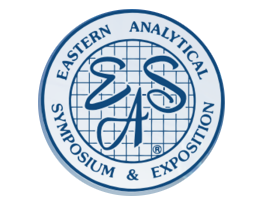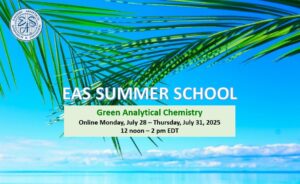State-of-the Art Instrumentation and Novel Applications
E15-13: One-Day Course, Sunday, November 15
Dr. Heinz Siesler, University of Duisburg-Essen, Germany
COURSE DESCRIPTION
Miniaturization of Raman, mid-infrared (IR) and near-infrared (NIR) spectrometers has recently made substantial progress. While the mid-infrared systems are based exclusively on attenuated total reflection (ATR) measurements, near-infrared spectrometers can operate in the diffuse reflection, transflection or transmission mode. The reduction in size, however, must not lead to compromises in measurement performance and precision and the handheld instrumentation will only have a real impact on quality and process control if Raman, IR and NIR spectra of comparable quality to laboratory spectrometers can be obtained.
The presentations on the building principles, performance parameters and real-life applications of state-of-the-art handheld systems to a broad diversity of problems will demonstrate the advancement of these spectrometers for on-site and in-the-field measurements. Thus, the discussed qualitative and quantitative case studies will range from chemical and pharmaceutical to polymer analysis via environmental and geological investigations to food authentication.
Finally, it will also be demonstrated that calibration models developed with the spectra of a laboratory FT-NIR spectrometer can be further utilized with spectra measured in the format of a handheld spectrometer by applying a transfer algorithm.
WHO SHOULD ATTEND
This one-day course addresses a broad audience from chemical, polymer and pharmaceutical industry as well as environmental, food and law enforcement institutions with interest in quality control by on-site and in-the-field measurement of vibrational spectra.
TOPICS
1. Condensed introduction to the principles of qualitative and quantitative Raman, mid-infrared and near-infrared spectroscopy
2. Short historic overview on the miniaturization in vibrational spectroscopy
3. Building principles of the state-of-the-art handheld Raman, mid-infrared and near-infrared spectrometers
4. Detailed discussion of qualitative and quantitative application examples
5. Demonstrations of handheld instruments to enable participants to assess the measurement performance of available handheld spectrometers and evaluate the possibility of their implementation for on-site quality control routines
ABOUT THE INSTRUCTOR
Prof. Heinz Siesler is a Professor of Physical Chemistry at the University of Duisburg-Essen, Germany, since 1987. His main research interests focus on the application of vibrational spectroscopy to chemical and polymer research, analysis and quality control. He has written more than 230 publications (including four monographs) in this field of research and presented more than 250 lectures worldwide. He received the 1994 EAS Award, the 2000 Tomas Hirschfeld Award and the 2003 Buechi Award in near-infrared spectroscopy and he is a Fellow of the Society for Applied Spectroscopy. Prior to his present academic position he gained extensive industrial experience as section head in molecular spectroscopy and thermal analysis from 1974 to 1987 in the Corporate R&D Department of Bayer AG, Germany. He also worked as lecturer at the University of the Witwatersrand, Johannesburg, South Africa (1972-1974) and as post-doc at the University of Cologne (1970-1972), Germany, after receiving his PhD in Chemistry from the University of Vienna, Austria, in 1970. Heinz Siesler is consulting for numerous instrument and chemical companies. The test of miniaturized handheld vibrational spectrometers is a special research focus over the last five years.

